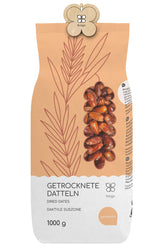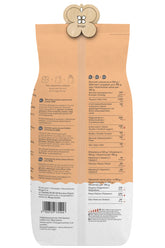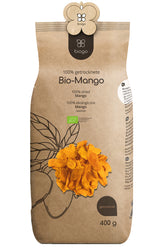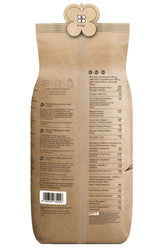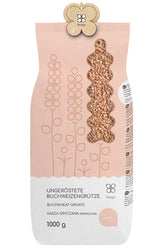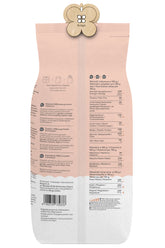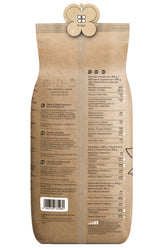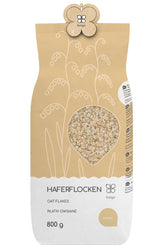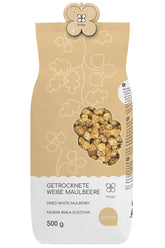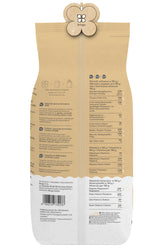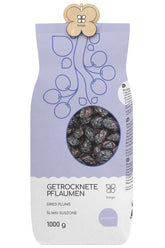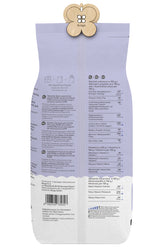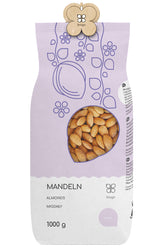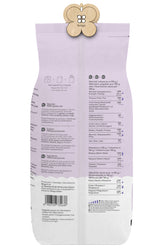Soap is an everyday product that we often take for granted. But behind the simple application lies a fascinating chemical story. In this blog post, we want to uncover the secrets of soap and show how chemistry ensures cleanliness in our households.
The saponification reaction – foundation of soap production
The production of soap is based on a chemical reaction called saponification. In this process, fats or oils react with an alkali, such as sodium hydroxide or potassium hydroxide, to form salts of fatty acids – the actual soaps.
The exact process of the saponification reaction is as follows:
- Fats or oils consist of triglycerides, i.e., esters of fatty acids and glycerin.
- The alkali (sodium hydroxide or potassium hydroxide) splits the ester bonds of the triglycerides, resulting in free fatty acids and glycerin.
- The free fatty acids then react with the alkali to form salts of fatty acids – the soaps.
This chemical process has been known for centuries and was already used in ancient Egypt and ancient Rome for soap production. At that time, natural fats and oils as well as ash were used as an alkali source.
Surfactants – the cleaning power of soap
But what actually makes soap so effective at cleaning? The answer lies in the chemical properties of soap molecules. Soap contains so-called surfactants, which consist of a hydrophilic (water-loving) and a hydrophobic (water-repelling) part.
The hydrophobic part consists of the fatty acid salts and has a strong affinity for dirt, grease, and oil. The hydrophilic part, on the other hand, binds to water. This allows soap molecules to loosen dirt and grease from surfaces and disperse them in water, so they can be rinsed away.
This mechanism explains why soap is so effective at cleaning hands, dishes, or textiles. The surfactants in the soap emulsify dirt and grease, allowing them to be easily removed.
Variety of soaps – from hard soap to shower gel
In addition to classic hard soap, there is now a wide variety of different soap products. These include:
Hard soap
Traditional hard soap is made from fats or oils and sodium hydroxide. It has a solid consistency and is well-suited for hand washing or body care.
Liquid soap
Liquid soap contains water and additional ingredients like fragrances or care substances alongside the soap components. It is often used as hand soap or shower gel.
Syndet soaps
Syndet soaps are not made from natural fats but from synthetic surfactants. They are milder in use and particularly suitable for sensitive skin.
Special soaps
There are also soaps with special additives like herbs, oils, or minerals. These are intended to provide additional care properties, e.g., for dry skin.
The history of soap – from antiquity to today
The use of soap can be traced back to ancient Egypt and ancient Rome. There, soap was already used for body cleansing and laundry care. At that time, production was still very simple, using animal fat and ash.
In the Middle Ages, soap production then spread throughout Europe. Initially, soap was only affordable for wealthy citizens, as the raw materials were expensive. It wasn't until the 19th century that soap became cheaper through industrialization and accessible to broader segments of the population.
Today, soap is indispensable in our daily lives. From classic hard soap to modern shower gels and shampoos – soap accompanies us in many forms during daily body and household cleaning. And the chemistry behind it is fascinating.
Conclusion: Soap – a chemical marvel for cleanliness
Soap is an everyday product that we often take for granted. However, the production and mode of action of soap are based on fascinating chemical processes. From the historical saponification reaction to modern surfactants in liquid soaps – chemistry ensures that soap reliably supports us in cleaning.
Whether when washing hands, cleaning dishes, or in personal care – soap is a chemical marvel that makes our daily lives easier. And when we know the secrets of soap, we can appreciate its performance all the more.

